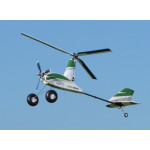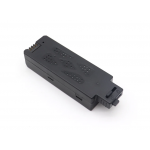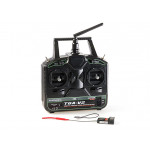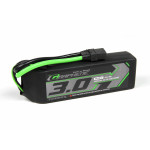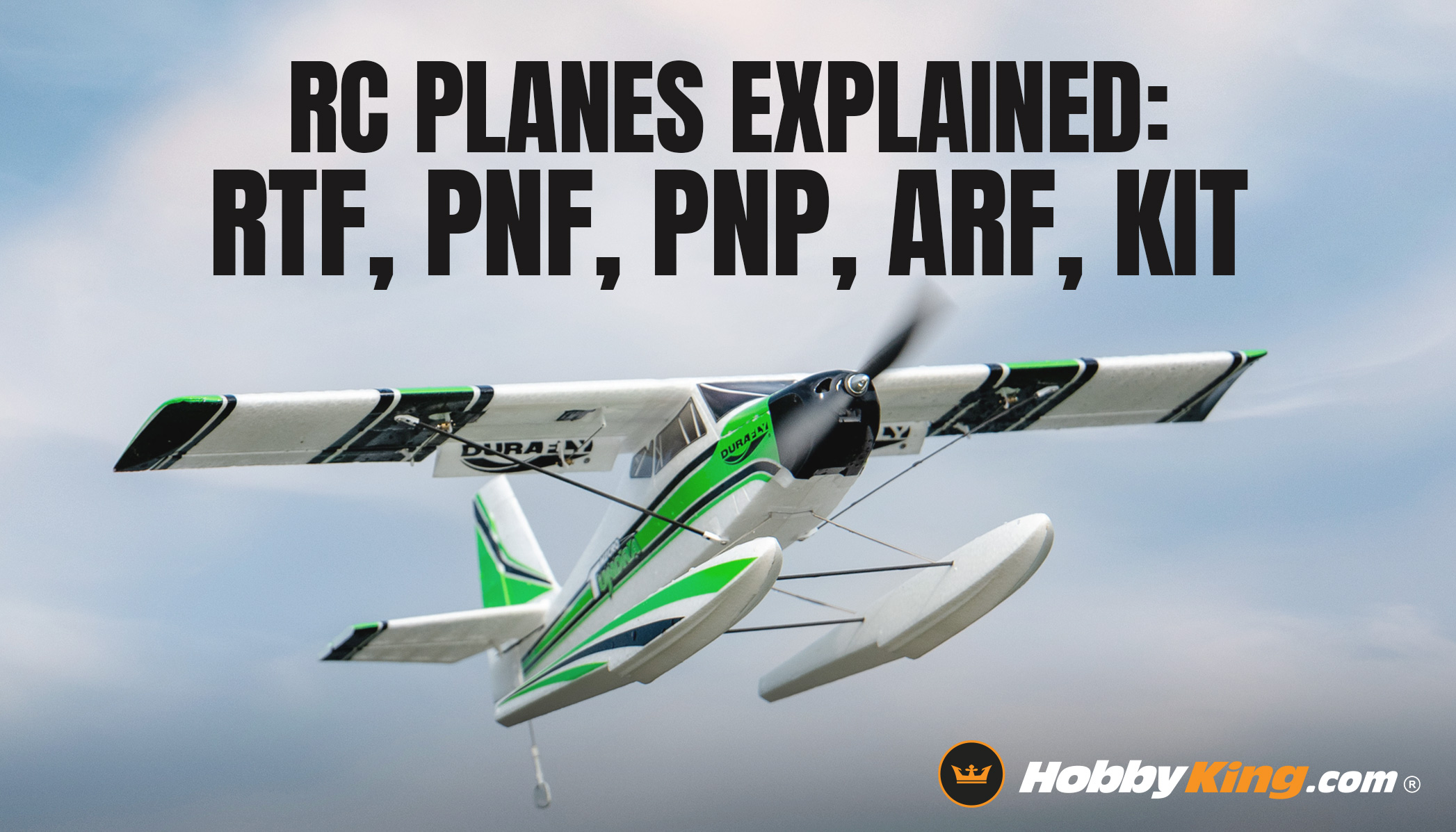
You may have seen various three-letter acronyms such as RTF, PNF, PNP, ARF, and KIT are thrown in randomly at times - but what do they mean? At first, they may seem confusing, but, as a beginner, they are exactly what you should be looking for. These acronyms tell you 2 things: the hardware included, and how much assembly (knowledge) is required.
In today's blog, we will go through what each means, and what they entail.
| components included with purchase | |||||||
|---|---|---|---|---|---|---|---|
| product build level | pilot skill level | transmitter | receiver | battery | motor | ESC | servos |
| RTF | Beginner | ✔ | ✔ | ✔ | ✔ | ✔ | ✔ |
| PNP | Beginner - Intermediate | ✘ | ✘ | ✘ | ✔ | ✔ | ✔ |
| PNF | Beginner - Intermediate | ✘ | ✘ | ✘ | ✔ | ✔ | ✔ |
| ARF | Intermediate - Advanced | ✘ | ✘ | ✘ | ✘ | ✘ | ✘ |
| KIT | Advanced | ✘ | ✘ | ✘ | ✘ | ✘ | ✘ |

Aircraft that are labeled RTF or Ready-to-Fly come with everything you need straight out of the box. They are generally viewed as "Toy Grade Models" and are a great beginners' choice as they are relatively cheaper, and require little to no assembly.
While RTF models can serve as a fast-track avenue into RC flying, they do not tap into the more sophisticated aspects of the hobby such as setting up and configuring your transmitter, and the endless possibilities for upgrades and modifications.

PNF (Plug-N-Fly) and PNP (Plug-N-Play) are essentially the same and require the separate purchase of a transmitter, a receiver, and batteries. Most hobbyists prefer PNF/PNP models as they are more flexible when it comes to radio choice, and allow for much more modifications compared to an RTF model.
While PNF/PNP models are a little more complex than RTF models and require moderate assembly, we normally recommend beginners start with a PNF/PNP model. Not only will a PNF/PNP model help you get used to the different components and mechanics of the RC hobby quicker, but in the long run, they are also much more versatile and rewarding.

ARF (Almost-Ready-to-Fly) models are for seasoned hobbyists and are not recommended for anyone without at least two to three years of experience. The designation can be a little misleading as "Almost-Ready-to-Fly" may imply little to no prior knowledge required - however, nothing could be further from the truth.
An ARF model is fully built on the outside, however, hollow on the inside. This basically means that you will have to purchase and install most, if not all the electronic components yourself. This may include but is not limited to: the installation of a radio system, the installation of a power system, the installation of the servo(s), the installation of an ESC, the hinging of the control surfaces, and the fitting of the landing gear, and much more...
While you may think who in the right mind would want such a burden, an ARF model is actually the preferred choice for the real "die-hard" hobbyist. An ARF model essentially allows you to build an aircraft of your liking, to your liking.

RC plane KITs are literally a relic of the past and are geared toward advanced hobbyists that enjoy the building process as much as do the flying. Back in the day, all RC planes came at the KIT level. A KIT only includes the raw material - normally balsa wood - you need to build out the airframe on an aircraft. After building the airframe, which could take anywhere from 2 months and up, you will also need to cover and finish the exterior yourself. Once that is finished, you could regard it as an ARF model and start building out the electronic components.
While a manual is included, a high degree of craftsmanship, patience, and aviation knowledge is required. KITs are not for everyone, but for some, KITs are the pinnacle of the RC hobby. Some may even claim that if you haven't experienced an RC KIT, you haven't truly experienced the hobby at all.
Hear it First: Join our Mailing List
Sign up to receive new product updates, exclusive discounts, news, and more!


